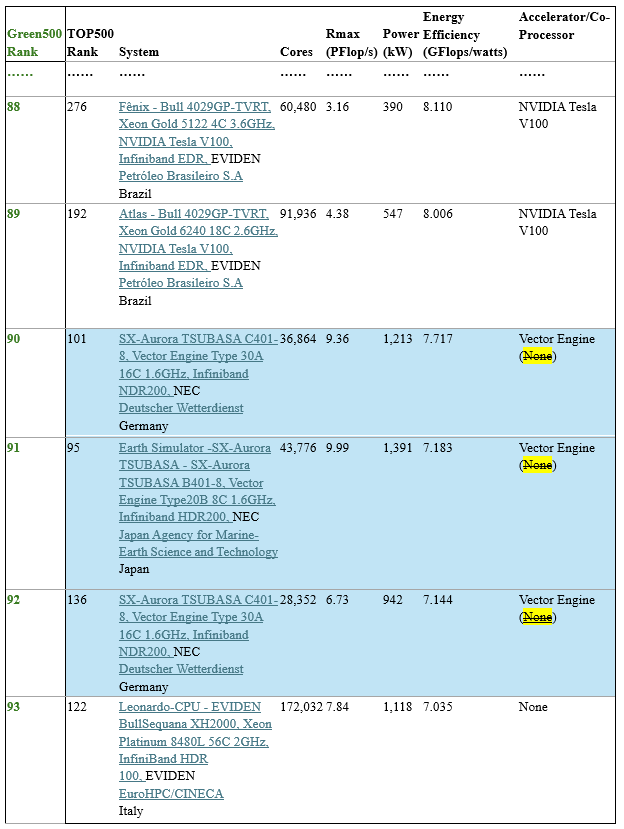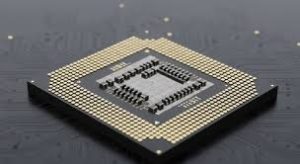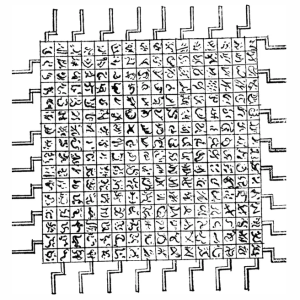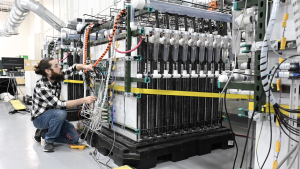Part 14. Long live the Vector Processor!
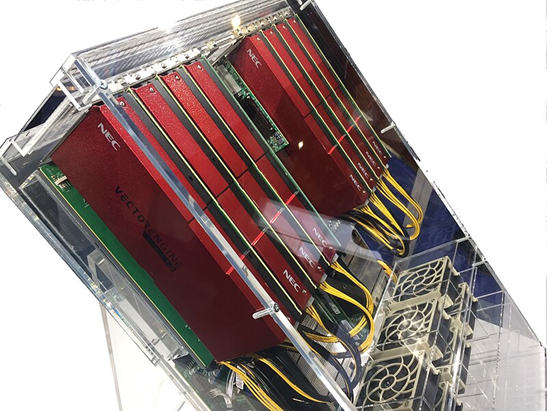
content by Xing Chen
Because they are accelerators, thus the NEC SX-Aurora TSUBASA Vector Engines have to be hosted by someone else. In 2017, the obvious choice is the X86, and it should be Intel, right?
The Vector Engines (VE) can be inserted into an X86 machine’s PCIe slots, like shown in the following picture, and the 2nd figure shows its logical architecture (each VE red square is a Vector Engine).

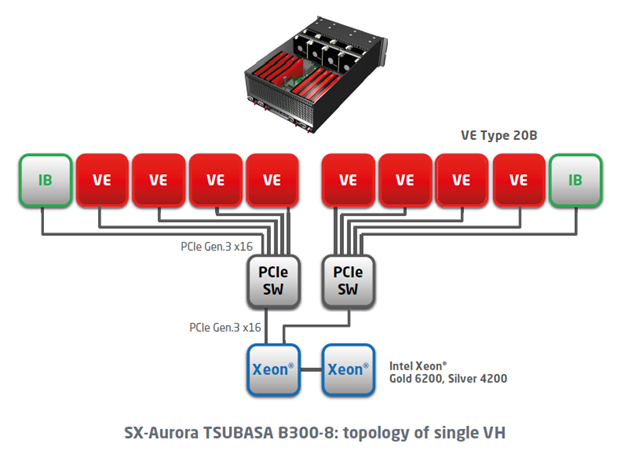
Doesn’t this remind you something else? Yes, the answer should be a big yeeessss! This architecture is too mush similar with an X86 server accelerated with one or multiple Nvidia or AMD GPU(s)! They are not only similar, they are nearly the same. What is the difference?
With such a powerful Vector Engine, it is the time to conquer the marketplace: On the June 2024 Top500 list, there were three systems, the №95, 101, and 136, equipped with Vector Engines; at the same time, they held the №90, 91 and 92 position on the Green500 list, worse than the systems with the Tesla GPU as the accelerator, better than the systems without any accelerator. It isn’t too bad, given the Vector Engine is a 2017 product, right?
One of the three systems is the famous Earth Simulator originally based on NEC SX-6 vector processor, which for more than two years, from 2001 to 2004, occupied №1 position of five Top 500 lists; afterwards, it has been updated with SX-9 and SX-ACE, clearly the latest update has been done with Vector Engine, and appeared on the June/2024 Top500 list as №95.
Anyway, from 2001 to 2024, the Earth Simulator has been on the list for at least 24 years already, impressive, no? https://en.wikipedia.org/wiki/Earth_Simulator
Long live the vector processor!
